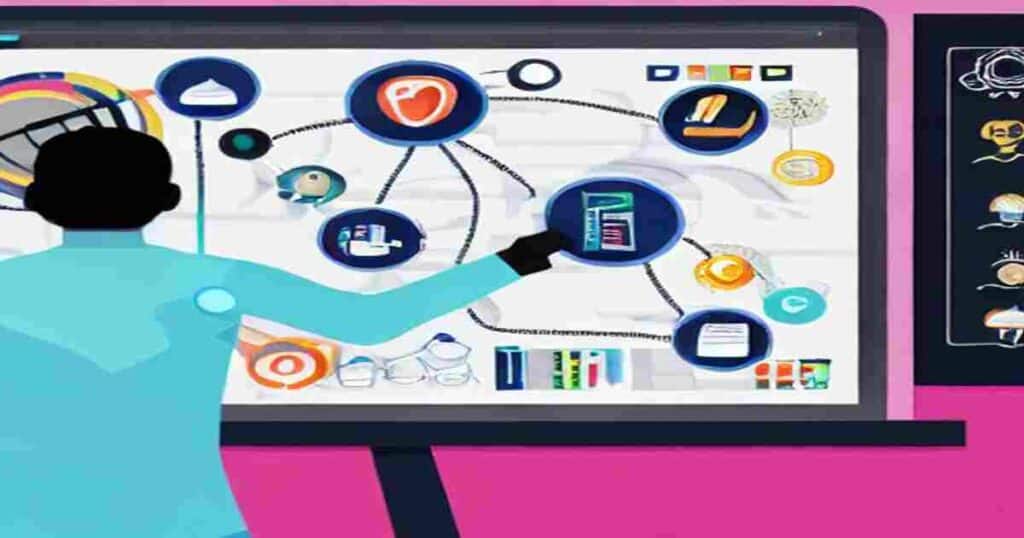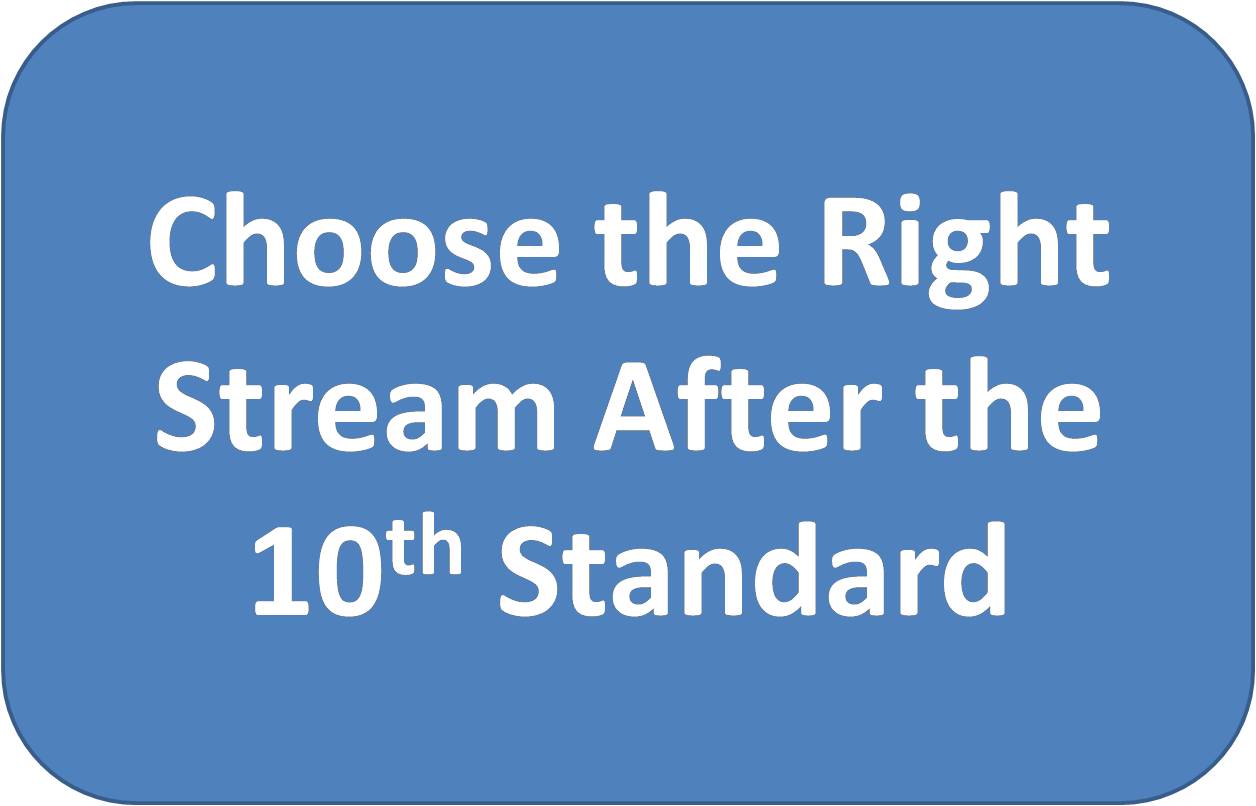Innovative Teaching Methods: Discover cutting-edge teaching techniques and strategies to exploring innovative methods for effective education.
Explore new approaches, tools, and technologies to enhance learning outcomes and engage students in meaningful ways. These approaches encourage active participation, engagement, and deeper understanding in following teaching methods.
Innovative Teaching Methods
1. Interactive Lessons: Bringing Learning to Life
Interactive lessons are a cornerstone of many innovative teaching methods. They take students from passive observers to active participants, making learning more engaging and effective. Here’s how interactive lessons work:
What are they?
Interactive lessons go beyond traditional lectures and one-sided presentations. They incorporate activities, discussions, and technology to get students involved in the learning process. This can take many forms, from group discussions and polls to simulations and games.
Why are they effective?
There are several reasons why interactive lessons are so beneficial:
Increased Engagement: By actively participating, students are more likely to be focused and retain information better.
Deeper Understanding: Interactive activities allow students to apply their knowledge and skills, leading to a deeper understanding of the material.
Develops Diverse Skills: Interactive lessons can help students develop critical thinking, problem-solving, communication, and collaboration skills. ‘Innovative Teaching Methods’
Caters to Different Learners: Interactive activities cater to various learning styles, allowing students to learn in the way that works best for them.
Examples of Interactive Lessons:
The beauty of interactive lessons is their versatility. Here are some examples:
- Polls and quizzes: Use online tools or simple hand signals to gauge student understanding and encourage participation.
- Brainstorming sessions: Present a topic and have students share their ideas individually or in groups.
- Simulations and role-playing: Create scenarios that allow students to apply their knowledge in a realistic setting.
- Games and gamification: Incorporate game mechanics like points, badges, and leaderboards to make learning fun and engaging.
- Debates and discussions: Pose a question or present opposing viewpoints and have students argue their case.
- Interactive whiteboards and digital tools: Use technology to create presentations, diagrams, or activities that students can manipulate and interact with.
Finding Interactive Lessons:
There are many resources available for educators looking to incorporate interactive lessons into their curriculum. Here are a few ideas:
- Online platforms: Many educational websites and platforms offer pre-made interactive lessons on a variety of topics.
- Teacher collaboration: Share ideas and successful interactive activities with colleagues in your school district.
- Educational technology tools: Explore apps and software designed to create interactive lessons and activities.
By using interactive lessons, teachers can create a dynamic and engaging learning environment that fosters a love of learning in their students. ‘Innovative Teaching Methods’
2. Virtual Reality in the Classroom
Virtual reality (VR) is no longer just science fiction. It’s rapidly emerging as a powerful tool for educators, with the potential to transform the way students learn. VR creates immersive, simulated environments that can transport students to anywhere in the world, from the depths of the ocean to the surface of Mars. This opens up a universe of possibilities for interactive and engaging lessons.
How VR Works in Class
VR experiences are delivered through headsets that equip students with a near-360° view of the virtual world. These headsets can be combined with hand controllers, allowing students to interact with virtual objects and environments. ‘Innovative Teaching Methods’
Benefits of VR Learning
VR offers several advantages over traditional teaching methods:
Enhanced Engagement: VR lessons are inherently captivating, transporting students right into the subject matter. This increased engagement can lead to better focus and information retention.
Experiential Learning: VR allows students to experience things that might not be possible in the real world, like dissecting a frog or walking through the Great Wall of China. This hands-on approach fosters a deeper understanding of the material.
Improved Visualization: VR excels at presenting complex concepts in a visually stimulating way. This can be particularly helpful for students who struggle with traditional textbooks and lectures.
Increased Accessibility: VR can break down geographical barriers, allowing students to visit faraway locations or historical sites without ever leaving the classroom.
Examples of VR Learning Applications
VR has a wide range of applications across various subjects:
- Science: Students can explore the human body, travel through the solar system, or conduct virtual experiments.
- History: VR can recreate historical events, allowing students to walk through ancient battlefields or explore bygone civilizations.
- Language Learning: Students can immerse themselves in a foreign language environment, practicing their conversation skills with virtual characters.
- Social Studies: VR field trips can take students to different cultures and communities, fostering global awareness and empathy.
Challenges and Considerations
While VR offers exciting possibilities, there are also challenges to consider:
- Cost: VR headsets and equipment can be expensive, which may limit accessibility for some schools.
- Content Availability: High-quality, educational VR content is still under development, though it’s becoming more abundant. ‘Innovative Teaching Methods’
- Tech Integration: Integrating VR lessons into the curriculum requires careful planning and teacher training.
The Future of VR in Education
VR technology is rapidly evolving, and its potential in education is vast. As VR headsets become more affordable and educational content continues to develop, we can expect VR to become a more common sight in classrooms around the world. VR has the potential to revolutionize the way students learn, making it more engaging, effective, and accessible for all.
3. AI based Education
Artificial intelligence (AI) is another game-changer in the education sector, alongside the innovative teaching methods and VR technology we’ve discussed. AI personalizes learning, automates tasks, and provides intelligent tutoring, all with the aim of improving educational outcomes.

Personalized Learning:
- AI can analyze student data, including test scores, assignments, and learning styles, to identify their strengths and weaknesses.
- This allows teachers to tailor instruction to individual needs, providing targeted support and resources to help each student reach their full potential.
Intelligent Tutoring Systems:
- AI-powered tutors can provide students with individualized instruction and feedback.
- These tutors can answer questions, explain concepts in different ways, and adjust the difficulty level based on the student’s progress.
Automated Tasks:
- AI can automate time-consuming tasks such as grading essays, multiple-choice quizzes, and administrative duties. ‘Innovative Teaching Methods’
- This frees up teachers’ valuable time to focus on more important tasks like lesson planning, individualized instruction, and student interaction.
Benefits of AI in Education
- Increased Engagement: Personalized learning and intelligent tutoring can make learning more engaging and relevant to students.
- Improved Learning Outcomes: By tailoring instruction to individual needs, AI can help students learn more effectively and achieve better results.
- Teacher Support: AI can free up teachers’ time and provide them with valuable data to inform their instruction.
- Accessibility: AI tutors can provide additional support to students who need extra help or those in remote locations.
Challenges of AI in Education
- Privacy Concerns: The use of student data in AI systems raises concerns about privacy and security.
- Teacher Training: Teachers need training to effectively integrate AI tools into their teaching practice.
- Bias and Fairness: AI algorithms can perpetuate biases if not carefully designed and monitored.
The Future of AI in Education
AI is still evolving in the education sector, but it holds immense potential to personalize learning, improve outcomes, and empower educators. As AI technology continues to develop and educators become more comfortable using it, we can expect to see AI play an even greater role in shaping the future of education.
4. Blended Learning
Combine traditional classroom instruction with online resources. Blended learning allows flexibility and customization, catering to diverse learning styles. Blended learning, also sometimes referred to as hybrid learning, is an educational approach that combines physical classroom instruction with online learning activities. It’s not about replacing traditional classroom teaching altogether, but rather about strategically supplementing it with technology to create a more engaging and effective learning experience.
Key aspects of blended learning:
Combines In-Person and Online Learning: Students participate in both face-to-face classroom sessions with a teacher and online activities or modules.
Flexibility: Blended learning offers flexibility for students to learn at their own pace, some material can be covered online at their convenience, allowing for more focused classroom time.
Tailored Instruction: Teachers can use online tools and resources to provide differentiated instruction, catering to individual students’ needs and learning styles. ‘Innovative Teaching Methods’
Technology Integration: Blended learning leverages technology like online learning platforms, educational apps, and digital content to enhance the learning process.
Benefits of Blended Learning
- Increased Engagement: Interactive online activities can make learning more engaging and enjoyable for students.
- Improved Learning Outcomes: By combining different delivery methods, blended learning can cater to diverse learning styles and lead to better academic achievement.
- Development of Digital Skills: Blended learning exposes students to technology and helps them develop essential digital literacy skills.
- Teacher Support: Online tools can automate tasks like grading and provide teachers with valuable data to inform their instruction.
Examples of Blended Learning
Blended learning can be implemented in various ways, here are a few examples:
- Flipped Classroom: Students watch video lectures or complete online modules at home, and then come to class for discussions, activities, and hands-on learning.
- Station Rotation: Students rotate between different learning stations, some of which may be online, while others involve working with the teacher or classmates in person.
- Online Resources: Teachers supplement classroom instruction with online resources like simulations, quizzes, and interactive games.
Blended Learning vs Traditional Learning
Blended learning offers several advantages over traditional classroom learning:
- More engaging and interactive
- Caters to diverse learning styles
- Provides flexibility and personalization
- Develops essential digital skills
However, it’s important to note that blended learning also requires careful planning and teacher training to ensure its effectiveness.
5. Project-Based Learning (PBL)
Project-based learning (PBL) is a dynamic and engaging teaching method that immerses students in long-term, in-depth projects centered around solving real-world problems or answering complex questions. It’s a shift from passive learning to active exploration, where students take center stage as researchers, collaborators, and creators.
The Core of PBL
Real-World Focus: Projects are designed to address authentic problems or challenges, giving students a sense of purpose and relevance to their learning.
Student-Centered: Students take ownership of their learning, driving the research, decision-making, and solution building process.
Collaboration: PBL fosters teamwork and communication skills as students work together on projects.
In-Depth Exploration: Projects allow students to delve deeply into a topic, applying and integrating knowledge from various subjects.
Product or Presentation: The culmination of a project is often a tangible product, presentation, or performance that demonstrates student learning.
Benefits of Project-Based Learning
Increased Engagement: Students are more invested in learning when they are working on projects that interest them and have a real-world application.
Deeper Understanding: PBL encourages students to go beyond memorization and develop a comprehensive grasp of concepts.
Development of 21st Century Skills: Critical thinking, problem-solving, communication, collaboration, and creativity are all honed through project-based learning.
Improved Communication: Students develop strong communication skills as they present their projects to classmates, teachers, or even a wider audience.
Lifelong Learning Skills: PBL fosters a love of learning and equips students with the skills they need to become independent learners.
The PBL Process
While there can be variations, PBL typically follows a well-defined process:
- Project Selection: Teacher chooses or co-creates a project with students, ensuring it aligns with learning objectives and student interests.
- Planning and Research: Students develop a plan, research the topic, gather information, and identify resources.
- Project Management: Students learn time management and organizational skills to keep the project on track.
- Solution Building and Development: Students work collaboratively to develop solutions or create products based on their research.
- Assessment and Reflection: Students present their work, receive feedback, and reflect on the learning process.
Examples of Project-Based Learning
PBL can be applied across various subjects and grade levels. Here are some examples:
- Science: Students research and design a solution to an environmental problem in their community.
- History: Students create a museum exhibit or documentary film about a specific historical event.
- Language Arts: Students write, perform, and film a play based on a literary work.
- Math: Students design a budget for a fictional business or develop a mathematical model to solve a traffic congestion problem.
Overall, project-based learning is a powerful teaching method that can transform classrooms into engaging hubs of exploration and innovation. It equips students with the skills and knowledge they need to thrive in the 21st century and become lifelong learners.
Remember, innovative teaching methods prioritize student engagement, active learning, and meaningful experiences. By embracing these strategies, educators can create dynamic and effective classrooms that inspire lifelong learning










